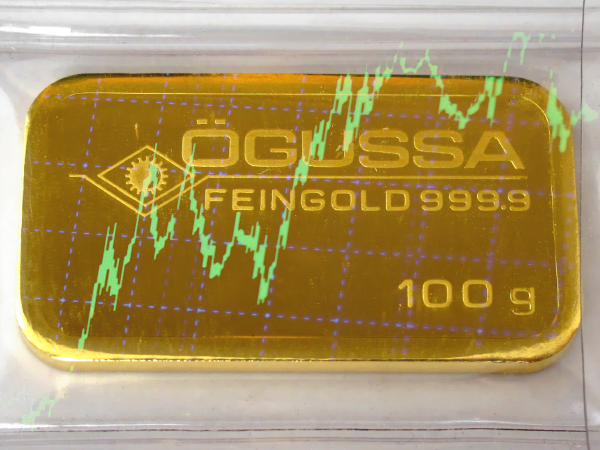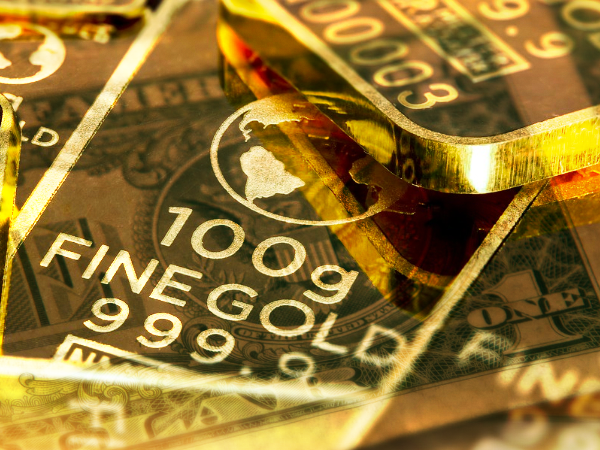
If we reach an “Ice-9” scenario that he has alluded to in the past, here’s what the analyst says may be in store for the financial markets and precious metals.
In a recent interview with Kitco, renowned finance author Jim Rickards spoke about the state the world currently finds itself in, both economically and in an all-encompassing sense, and what individuals can do to preserve their wealth during a time of panic and when faced with shutdowns across the board.
Rickards’ books frequently feature a warning theme where the expert cautions investors that the usual band-aid methods applied by central banks to fix ailing economies, such as pumping liquidity, are just that and aren’t going to work indefinitely. The coronavirus, however, represents a threat to the global economy that neither officials nor investors are prepared to deal with.
Rickards cites prominent immunologist Anthony Fauci to highlight the fact that the markets are trying to price in a crisis whose magnitude they have yet to be made aware of, resulting in cases like the stock market’s ongoing search for a bottom. Making matters worse, Rickards thinks we might be nearing an “Ice-9” scenario that he sometimes refers to in his books, alluding to a complete economic freeze. And although some fund managers have already requested a 30-day shutdown, Rickards notes that measures like these would prove completely ineffective.
A NYSE shutdown would trigger a collapsing effect, says Rickards, with investors trying to get their hands on cash from money markets, brokerage accounts and banks as each shuts down after the other. Before long, the global economy would be in complete lockdown and no interventions by the Federal Reserve or other central banks would have an effect.
This brings Rickards to the inescapable reality that owning physical gold and silver is one of the few reliable ways of preserving access to liquidity, especially if things progress to a point where moderate-scale evacuations begin to occur.
Rickards dismisses economic views that owning bullion in these scenarios is a bad idea due to potential deflation, pointing to the stretch between 1927 and 1933. As Rickards notes, this six-year span was the most deflationary period in U.S. history, yet gold rose by 75% during that time. Furthermore, gold’s prices were still fixed in 1933, making Rickards believe that a similar deflationary bout in present day would usher in far greater gains.
Regardless of how the situation develops, Rickards urged people not to wait when it comes to acquiring precious metals, saying that many are already having difficulties trading in contracts. On the flip side, Rickards said that the keenest of traders are still waiting for gold’s price to bottom out before going all-in, as they expect the precious metals market to have a prolonged bull run similar to that between 2008 and 2011. Rounding up his advice, Rickards also suggested that people keep some of their gold and silver easily accessible to maintain flexibility in a highly uncertain environment.










